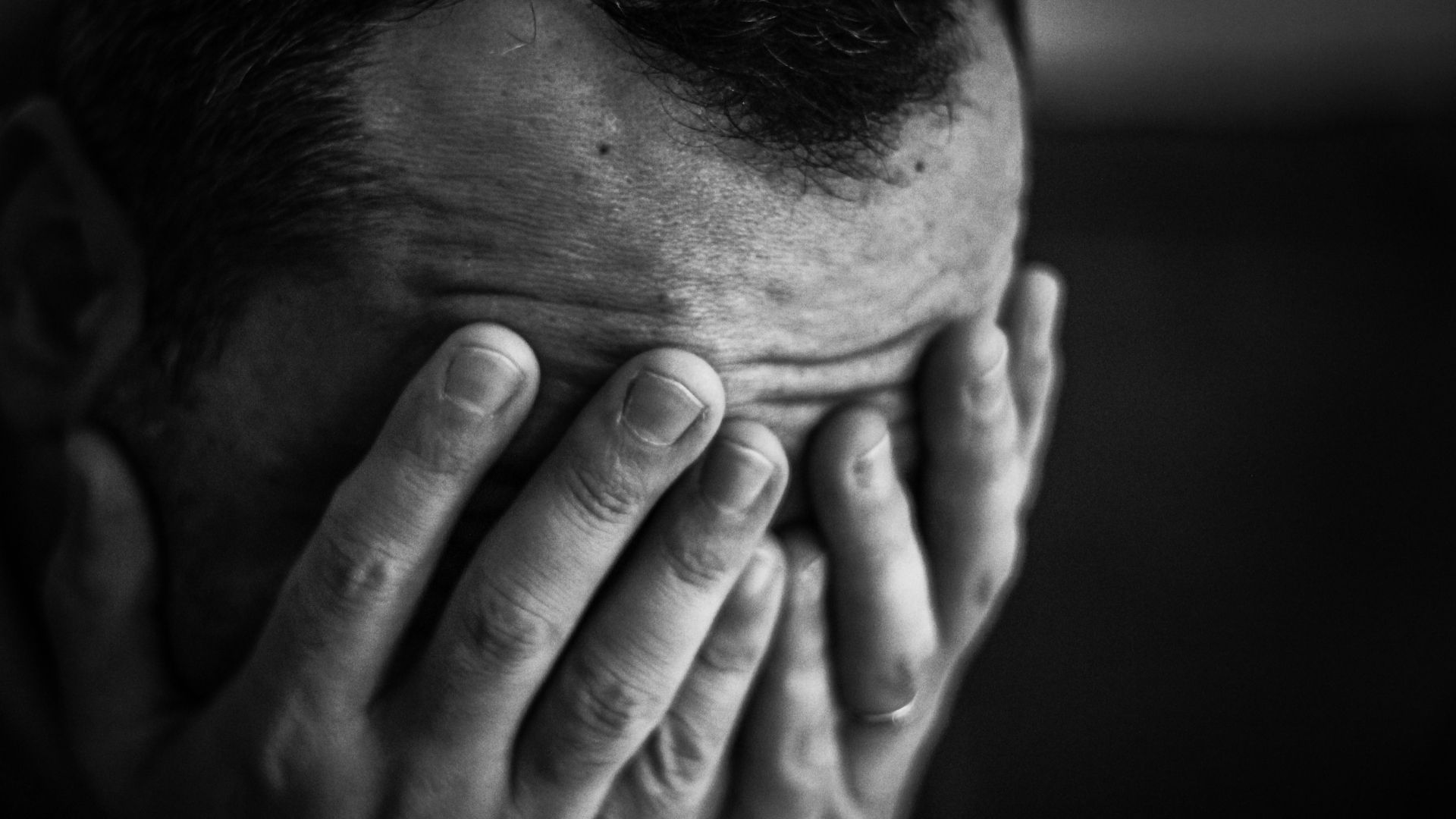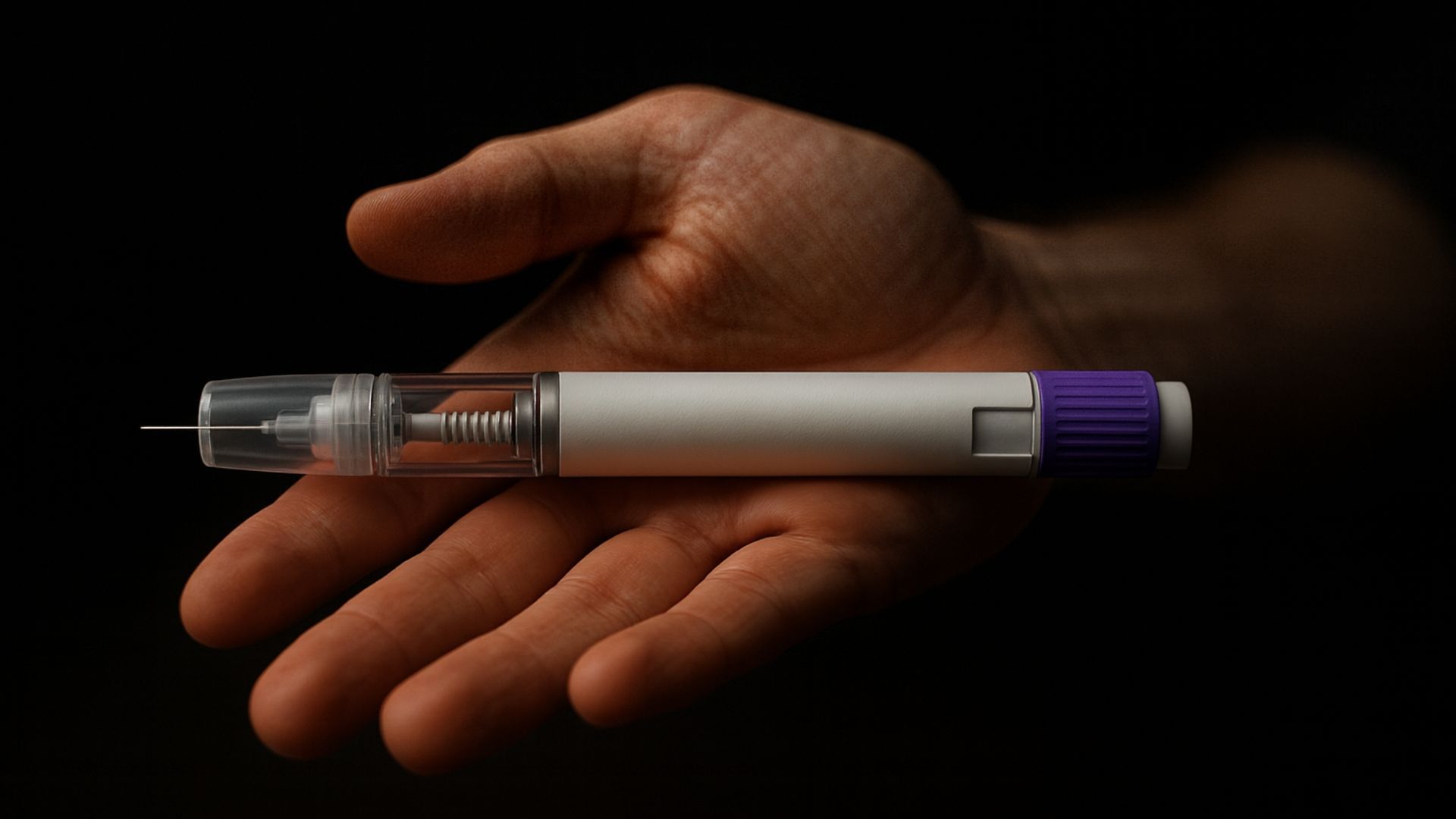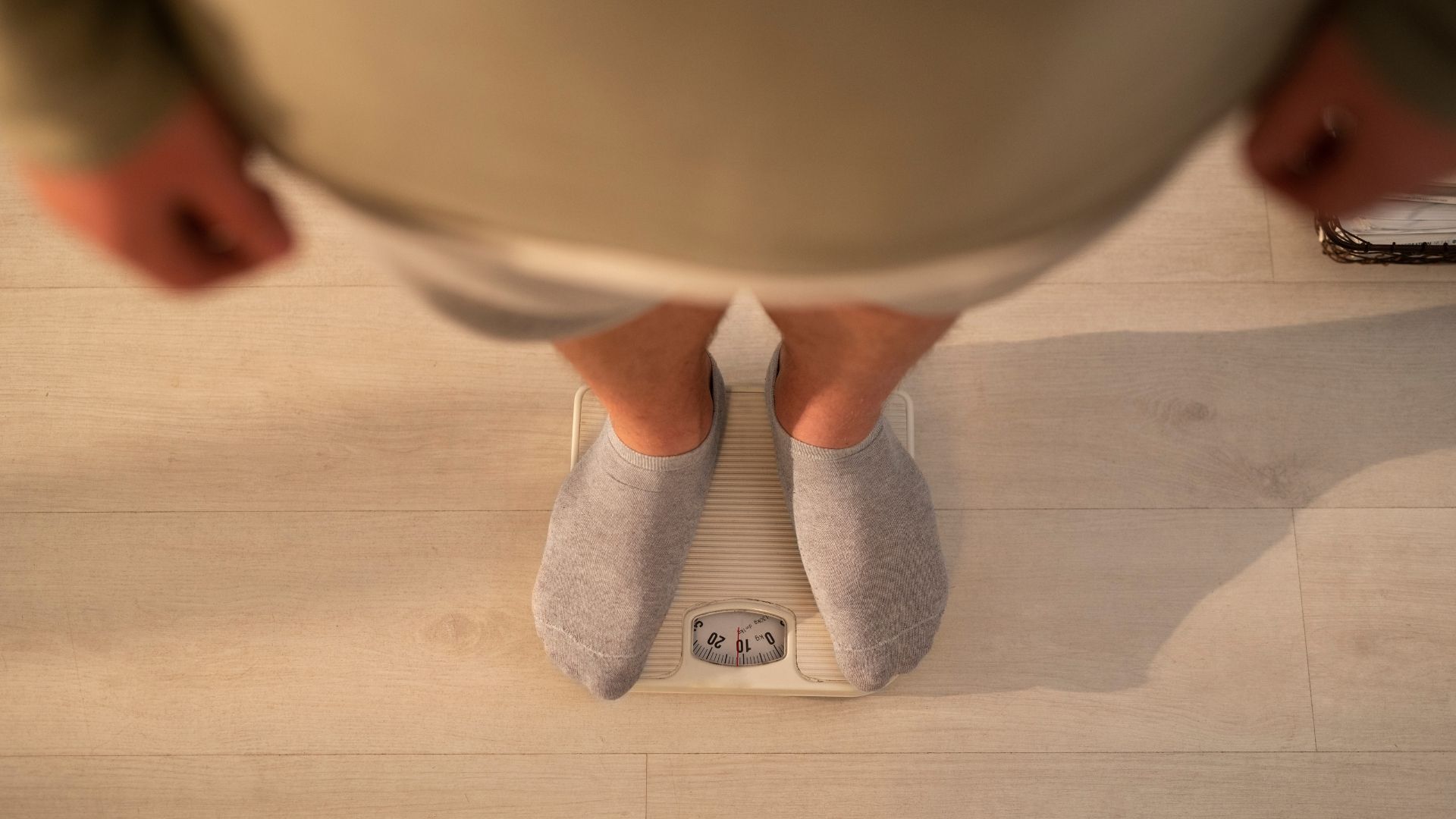Can Mounjaro cause low blood sugar?
Mounjaro is meant to control blood sugar levels. But can it also cause low blood sugar? Let's lay out the facts.
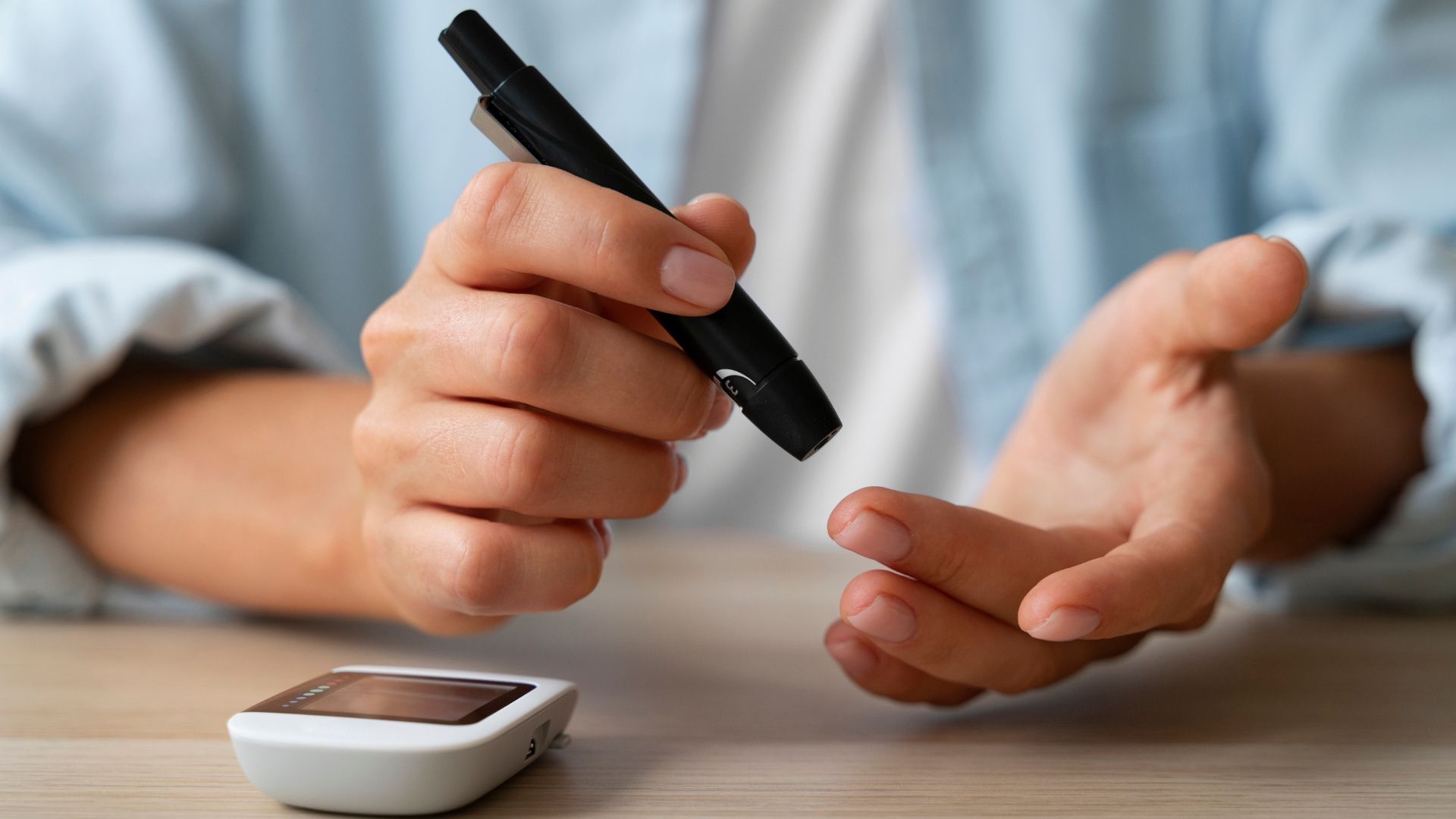
Tirzepatide, the active ingredient in Mounjaro, was originally designed as a treatment for type 2 diabetes. It works by lowering and regulating blood sugar, as well as making it easier to lose weight.
Medications that control blood sugar are really important for people with type 2 diabetes. That's because the disease makes it hard for the body to regulate blood sugar on its own.
But can these medications go too far? Is it possible that Mounjaro could cause blood sugar to become dangerously low?
The answer is yes – but usually only in specific circumstances. Let's look at why it can happen and how common it really is.
How Mounjaro can cause low blood sugar
(hypoglycaemia)
Mounjaro lowers blood sugar in a controlled way. In a clinical trial looking at Mounjaro as a type 2 diabetes treatment, researchers concluded that the drug carried a 'low risk of hypoglycaemia'.
Yet in the Mounjaro patient information leaflet, low blood sugar is listed as a 'very common side effect'. What gives?
The fact is, Mounjaro carries a less than 2% risk of low blood sugar – when taken on its own by people who don't have diabetes. That means for every 100 non-diabetic patients, fewer than two will develop hypoglycaemia.
However, the risk increases to one in 10 (10%) for people living with type 2 diabetes who also take certain diabetes medications. That includes insulin, as well as drugs called 'sulphonylureas' (such as glipizide and gliclazide).
That's one reason we ask you about these medications when you take your online consultation. For your safety, we don't allow you to join the SemaPen programme if you take insulin or a sulphonylurea.
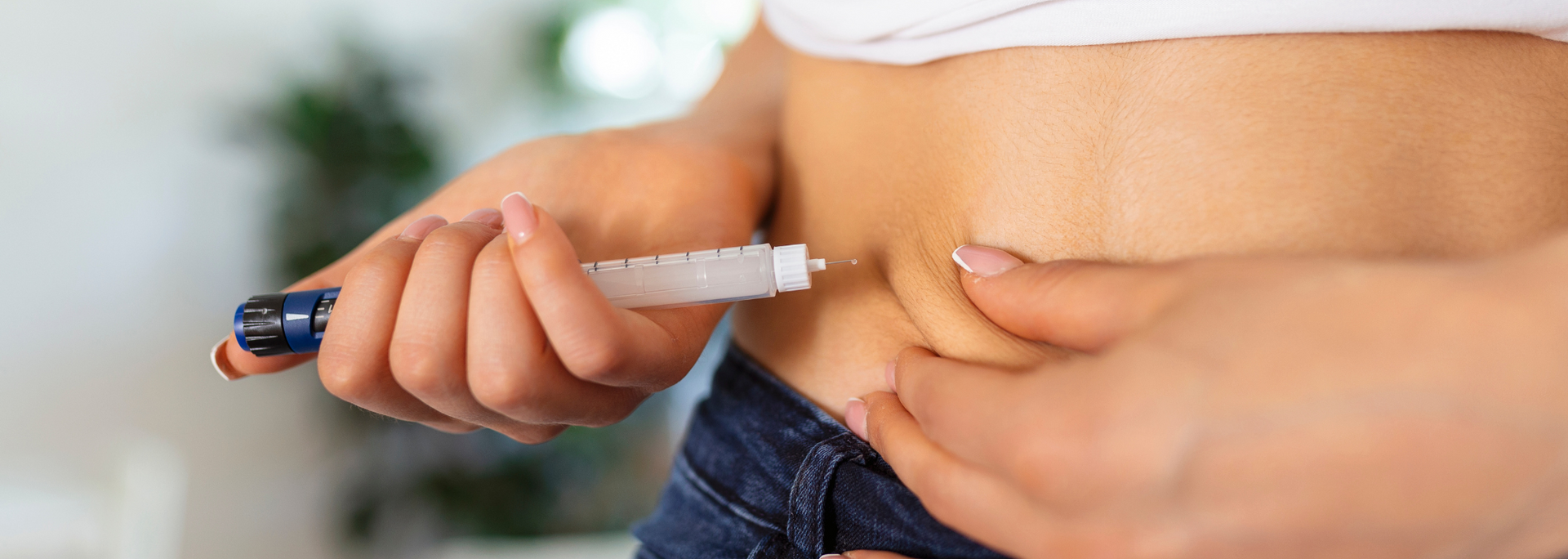
What are the symptoms of low blood sugar?
Symptoms of low blood sugar can include:
- Headache
- Drowsiness
- Weakness
- Dizziness
- Feeling hungry
- Confusion
- Irritability
- Fast heartbeat
- Sweating
If you experience any of these symptoms while taking Mounjaro, tell the SemaPen team or your usual healthcare provider straight away.
How does Mounjaro lower blood sugar?
Tirzepatide affects the natural hormones that regulate blood sugar. As a result, you use more blood sugar for energy and store less.
It also slows digestion and keeps you feeling fuller for longer. This means you eat less, which gives your digestive system less sugar to absorb.
How quickly does Mounjaro affect blood sugar?
Mounjaro begins working from the first dose. However, it can take up to 12 weeks before patients with diabetes reach a healthy average blood glucose level (HbA1c).
H3: Could Mounjaro help reactive hypoglycaemia?
Reactive hypoglycaemia is associated with various conditions, including prediabetes. It can also happen after bariatric surgery.
With reactive hypoglycaemia, blood sugar levels become unstable and spike after food. This triggers the body to release a flood of insulin, which reduces blood sugar levels too quickly.
Studies are underway that look at whether medications like Mounjaro can help with reactive hypoglycaemia. The idea is that Mounjaro may prevent the high blood sugar spikes, which in turn may prevent the reactive lows.
We'll be sure to keep you posted with any developments.
SemaPen is an obesity clinic specialising in injectable drugs for weight loss, as well as other medical treatment pathways. For more news and advice, follow the SemaPen blog.
Sources
1. De Block, C. et al. (2022) "Tirzepatide for the treatment of adults with type 2 diabetes: An endocrine perspective" Diabetes, Obesity and Metabolism, 25(1) https://doi.org/10.1111/dom.14831
2. Jastreboff, A.M. et al. (2022) "Tirzepatide Once Weekly for the Treatment of Obesity" The New England Journal of Medicine, 387(3) https://doi.org/10.1056/NEJMoa2206038
3. https://uk.lilly.com/metabolic/assets/pdf/mounjaro-patient-booklet.pdf
4. https://www.diabetes.co.uk/diabetes-medication/mounjaro-tirzepatide.html
5. Altuntaş, Y. (2019) "Postprandial Reactive Hypoglycemia" The Medical Bulletin of Sisli Etfal Hospital, 53(3) https://dx.doi.org/10.14744/SEMB.2019.59455
6. Stortz, E. & Lawler, H. (2024) "Tirzepatide Improves Early Dumping Syndrome and Glucose Nadir in Postbariatric Hypoglycemia After Sleeve Gastrectomy Open Access" JCEM Case Reports, 2(11) https://doi.org/10.1210/jcemcr/luae194
7. https://www.texascenterforsurgery.com/blog/2025/02/12/what-is-reactive-hypoglycemia-216586/
8. Younes, Y.R. et al. (2024) "Proposed treatment strategy for reactive hypoglycaemia" Frontiers in Endocrinology, 15:1332702 https://doi.org/10.3389/fendo.2024.1332702
This article was reviewed and approved by Qutayba Almerie MD, MSc, FRCS on 14 July 2025.



